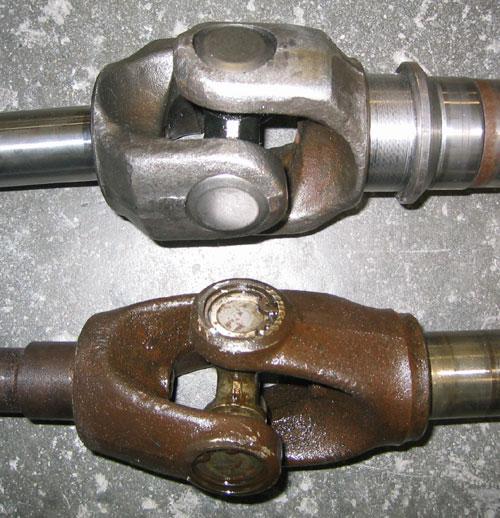
Originally Posted by
JDNSW

But when did you last see a diff fail because of lack of tooth area? Firstly, in my experience, all the diff failures I have seen have been something else broke or flexed, and C&P damage was either because a bit of metal went through the mesh, or the other failure (or overloading) allowed them to move out of mesh. Hypoid design has the drawback that it has much greater sliding action between the teeth, putting greater demands on the lubrication, so that they are more likely to fail because of lubrication failure (e.g. water contamination).
The reason that the motor industry has long ago largely gone to hypoid diffs has nothing to do with the strength - it is because they allow the prop shaft to be lower, which is an advantage in most on-road vehicles...





 Reply With Quote
Reply With Quote


Bookmarks